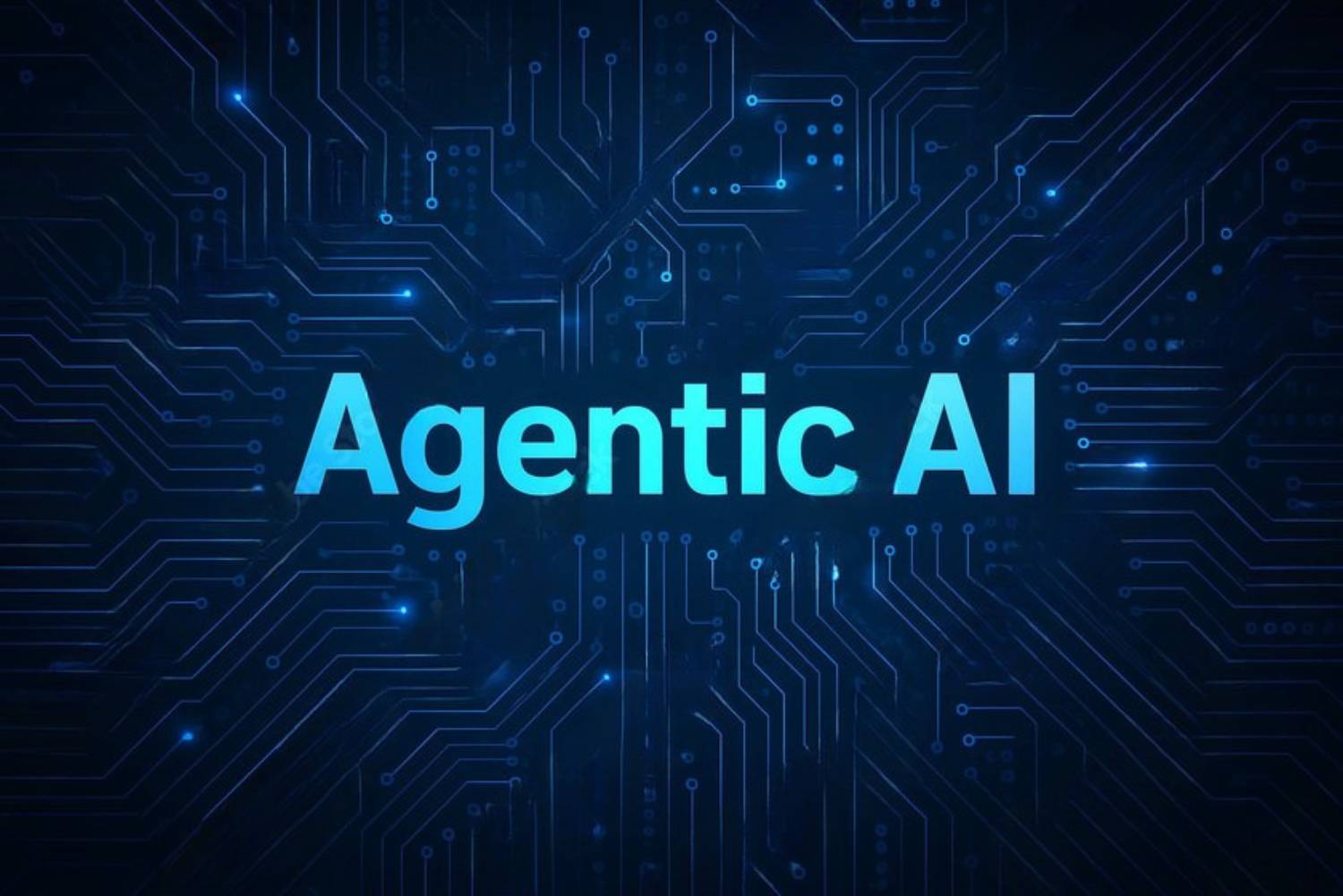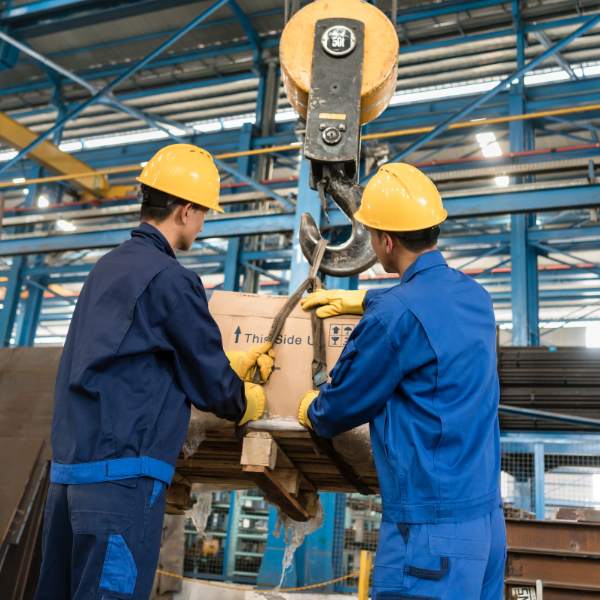Digital Transformation Human Consequences What Irish Employers Miss (and How to Fix It)
Introduction
AI, robotics, drones, wearables great for output, risky for people if you skip the human side. An upcoming Irish seminar, Navigating the Human Impact of Digital Transformation, spotlights exactly that: ergonomics, human factors, psychosocial load and real-world case studies (including ESB Networks’ drone operations). Here’s the straight talk for Ireland: what’s going wrong, how to prevent it, and how to stay inspection-ready without drowning in admin.
What’s going wrong (recurring patterns in Irish workplaces)
Tech first, people later: New tools land; risk assessments, training and worker input follow weeks or months afterwards.
Result: workarounds and near misses.
Ergonomics drift: Hybrid set-ups and new devices change posture and repetition but DSE controls aren’t refreshed.
Psychosocial overload: Always-on comms and rapid tech change crank up stress; policies exist but aren’t lived.
Human machine blind spots: Cobots/smart systems assumed “safe by default”; speed/force thresholds, guarding and hand-over to manual modes not verified after updates.
Data without purpose: Wearables, cameras and AI analytics gather sensitive data without clear purpose/retention rules or worker consultation.

How to prevent it (fast, practical fixes that stick)
Design for humans from day one: Build human factors and ergonomics into the tech spec: who interacts, how, where can it fail, and how do we recover safely? Make this a gate to purchase and go-live. Two-tier risk assessment:
1. Task level—posture, reach, force, line-of-fire, manual mode.
2. System level—sensor limits, false positives/negatives, software changes. Reassess after every update.
Micro-training beats manuals: 10–20 minute modules on safe stops, isolations, point-of-work checks, and “when to escalate.” Track completions and refreshers.
Guarding & change control: Test light curtains/interlocks/speed and separation weekly. Any firmware/model tweak = revalidation + sign off. Keep a one page change log.
Right-size the data: For each device/app, write a plain English note: why we collect, who sees it, how long we keep it, how we secure it. If the “why” is thin, don’t collect it.
Field notes (what actually helps teams)
60 second safe stop drill: Rehearse a fast, calm stop + isolation from any position. Photograph the drill and store it as evidence.
Edge case testing: Test smart vision in worst lighting, steam, high-vis glare, gloves. Fix thresholds before production.
Drone/automation lessons: Plan for the non-routine: battery swaps, aborts, geofencing failures, loss of link. Treat these like critical tasks with clear roles. (The Irish seminar’s ESB Networks case study underlines this mindset.)
Make supervisors the pivot: Give short scripts: “pause, check, restart,” psychosocial check-ins, and a single route for near miss reporting.
Staying compliant in Ireland: the tight checklist
Live risk assessments: Update when work, layout or software changes don’t wait for year end.
Ergonomics & DSE: Quarterly self checks with photos for hybrid workers; action small fixes (screen height, footrests, lighting) within a week.
Human factors evidence: Keep records of user trials, edge-case tests, and operator feedback. File alongside equipment validation.
Training with proof: Short, role specific modules (operators, maintainers, supervisors) with instant certificates and refresh cycles in your LMS.
Change control pack: What changed, who approved, safety retests passed, and the date you briefed the team.
Quick wins you can put in place this month

1. Run one edge-case test on your smartest line (lighting/glare/gloves). Fix thresholds and save evidence.
2. Do a 60 second safe-stop drill on each shift. Record completion.
3. Refresh hybrid DSE with a 3 minute self check and a photo upload. Close actions within five working days.
4. Write the data note for one device/app purpose, access, retention, security. Share it with staff.
How we can help (Acornstar)
Simplify compliance. Stay audit ready.
Targeted micro-learning: Safe cobot/use of smart kit, emergency stops, isolations, DSE and psychosocial basics instant certification.
Supervisor toolkits: Pause, check, restart scripts, weekly guarding tests, and edge-case test templates.
LMS tracking: Inductions, refreshers, toolbox talks, drills and corrective actions one place, inspection ready.
Practical consultancy: Risk assessments that include human factors, guarding validation, change control design, and mock inspections before go live.
Next step: Book a 20 minute consult to review your smart workstation or automation project and ensure your team works faster and safer, with evidence to prove it.
Guidance only this article is not legal advice.
Navigating the Human Impact of Digital Transformation (Flyer)
Health, Safety, Environmental & Quality
We take health and safety seriously here. It’s not just about ticking boxes or meeting regulations though we do that too. It’s about making sure everyone goes home safely at the end of each day.
Our team regularly reviews safety procedures, environmental impact, and quality standards. We invest in proper training and equipment because cutting corners on safety never pays off in the long run.
Got a safety concern or spotted something that doesn’t look right? Don’t hesitate to speak up. Whether it’s through our safety portal or directly with the team, we want to hear from you.
Bottom line: Safety isn’t just the responsibility of management it’s everyone’s job. Same goes for looking after our environment and maintaining quality in everything we do.
Generated by HSEQ Article Formatter | 23/09/2025


